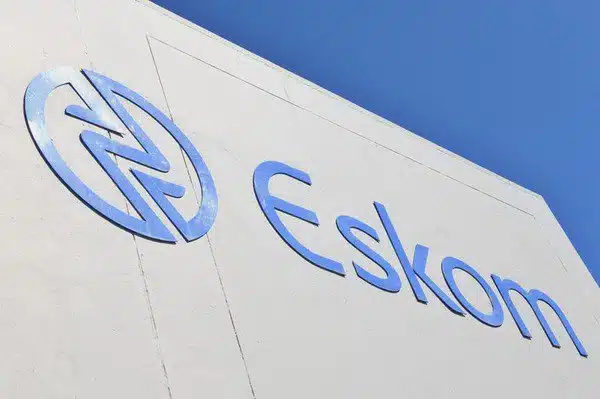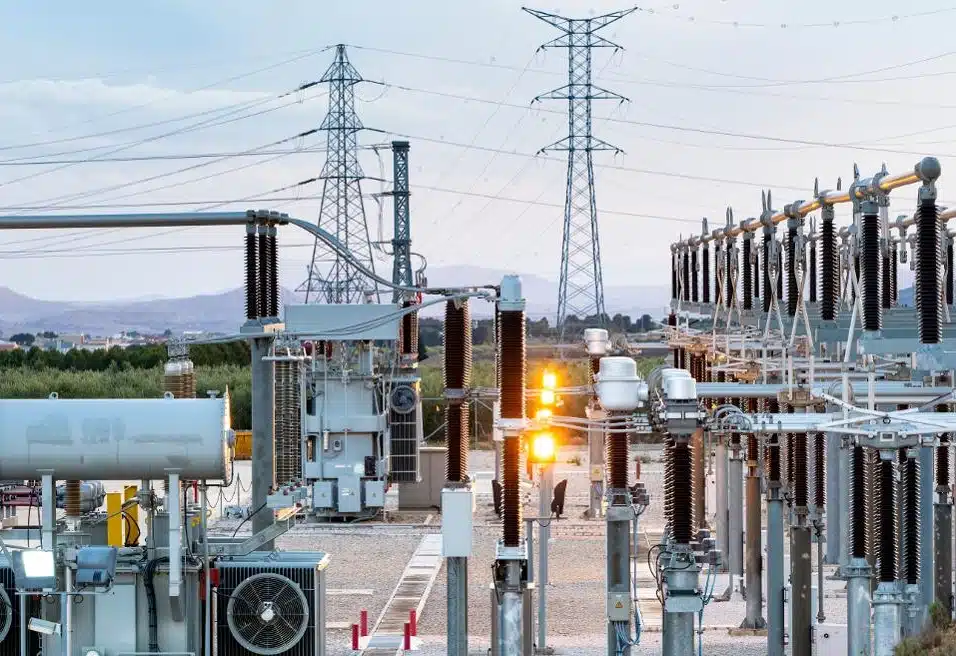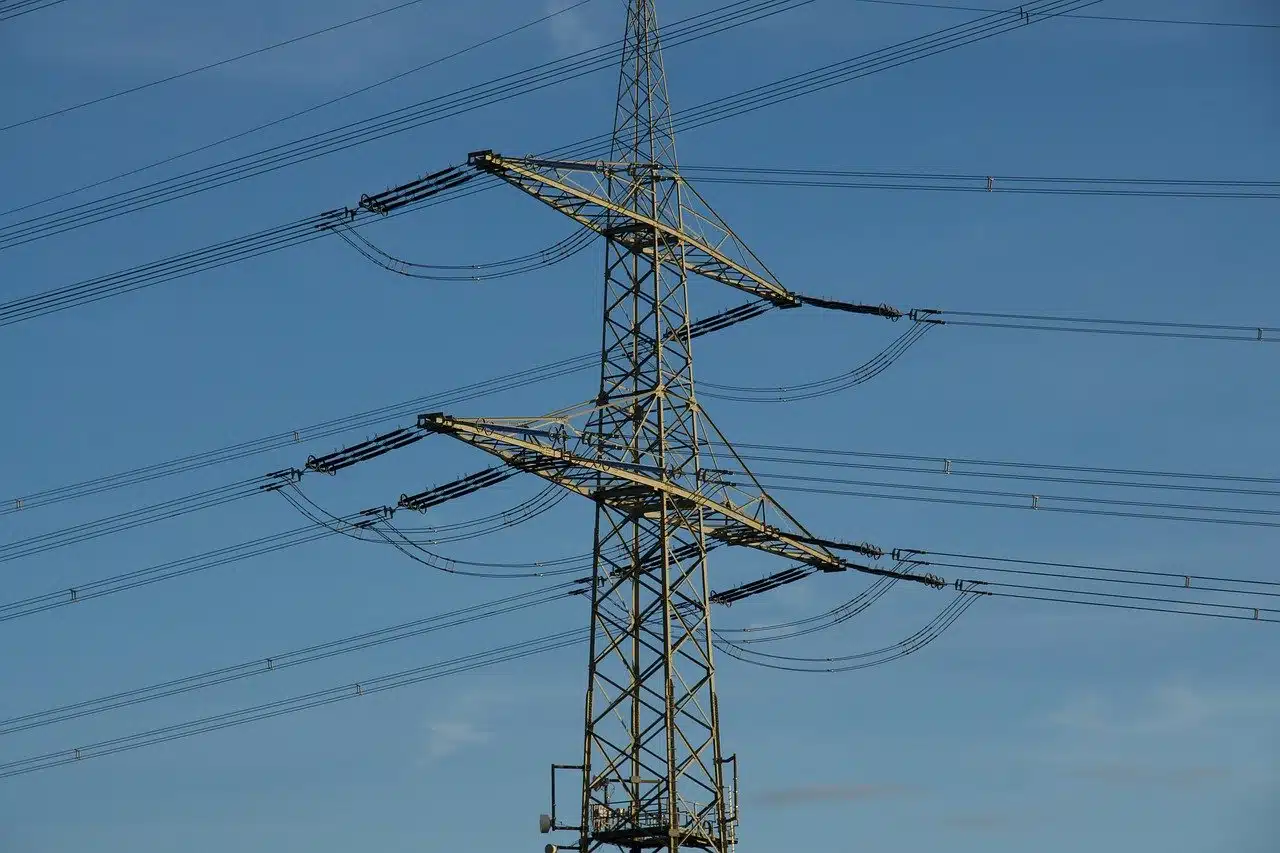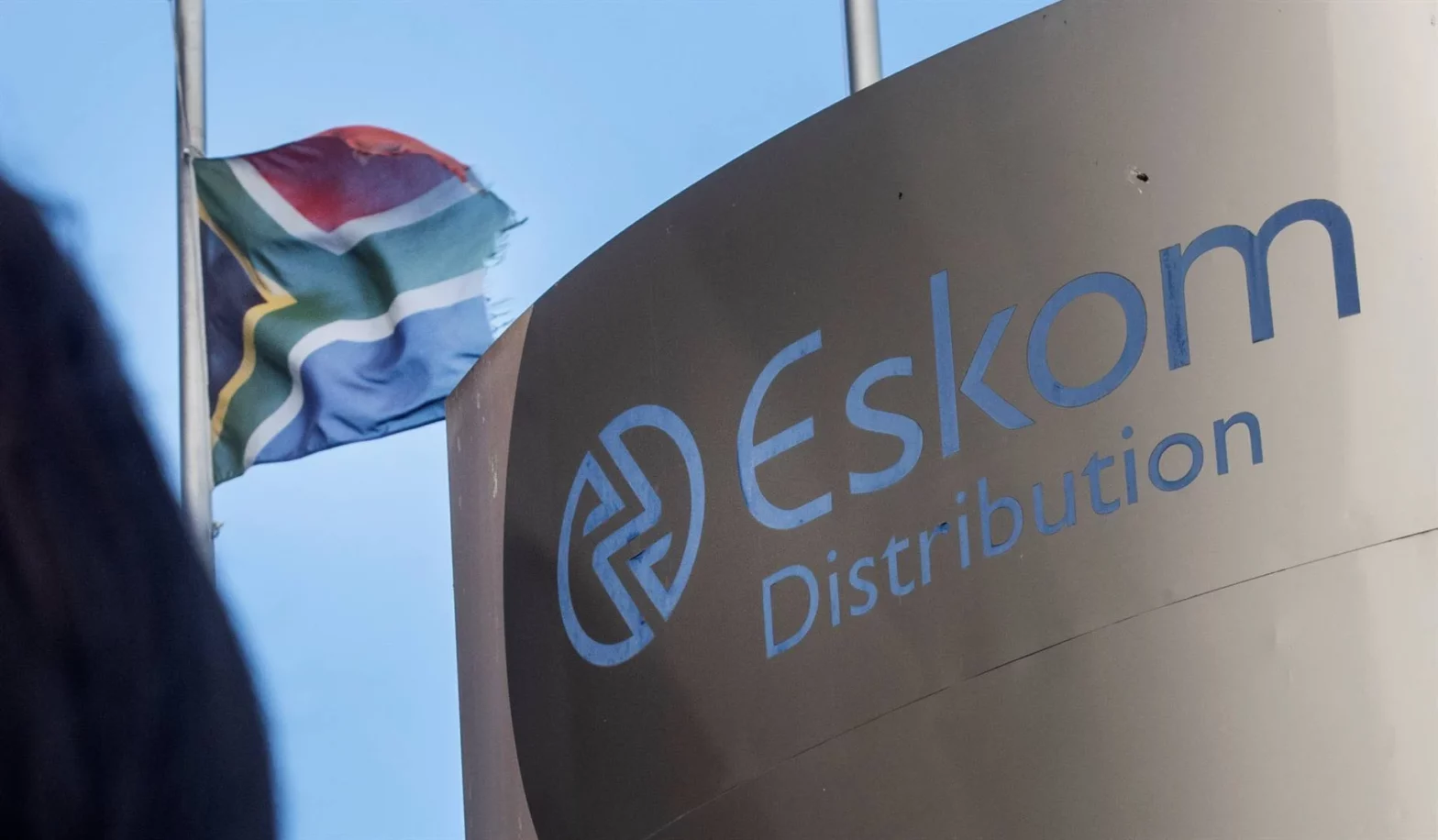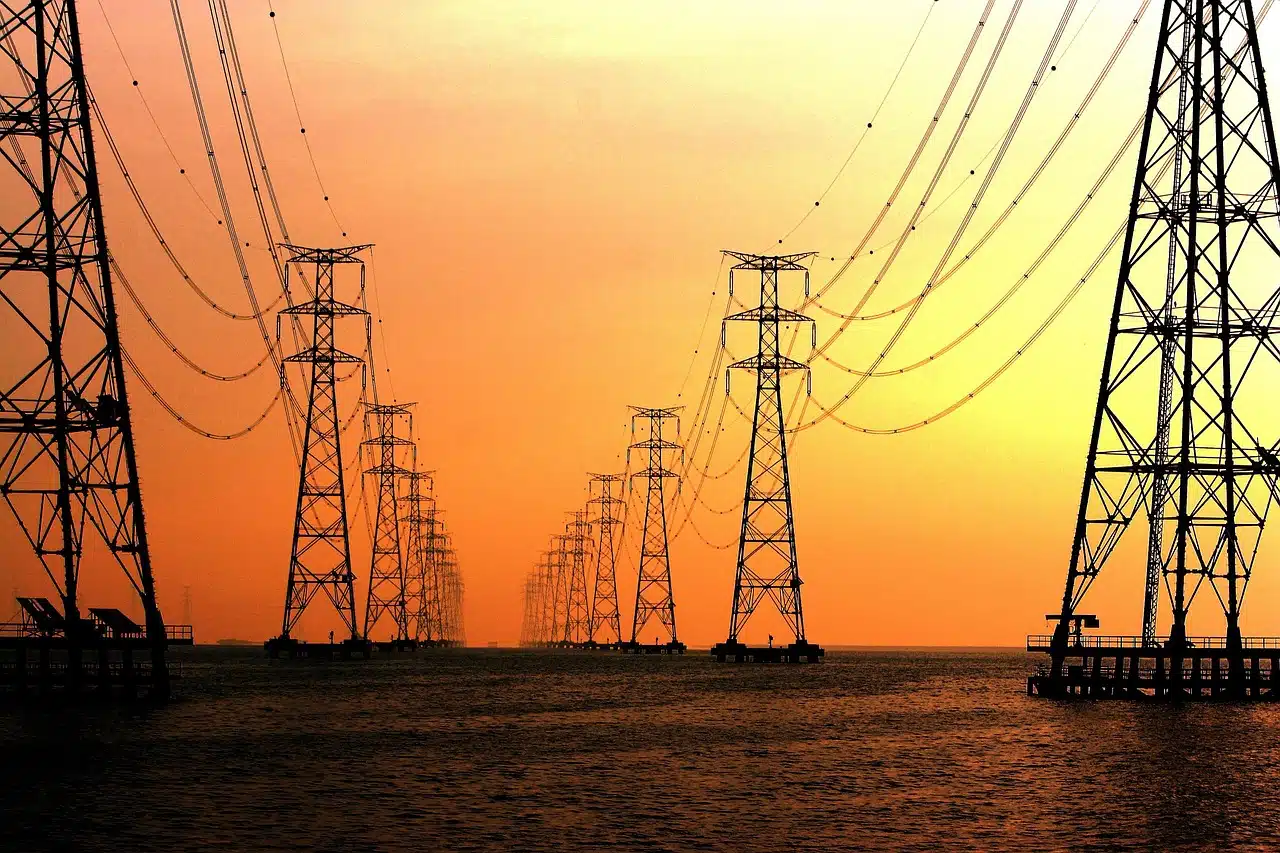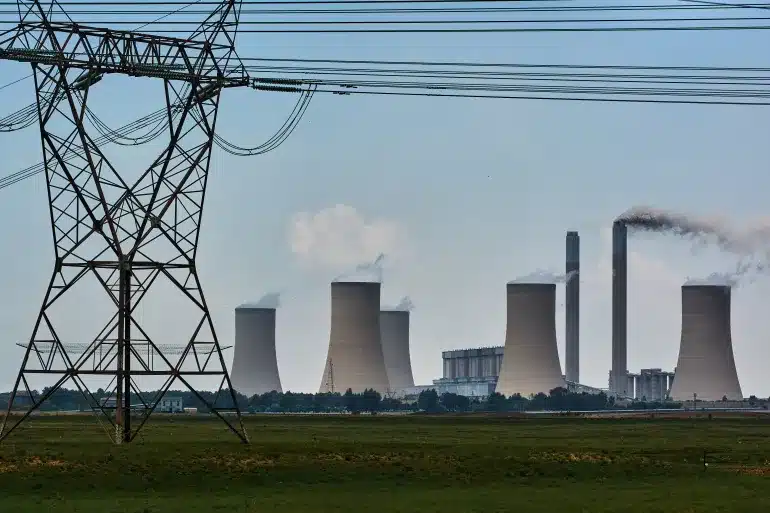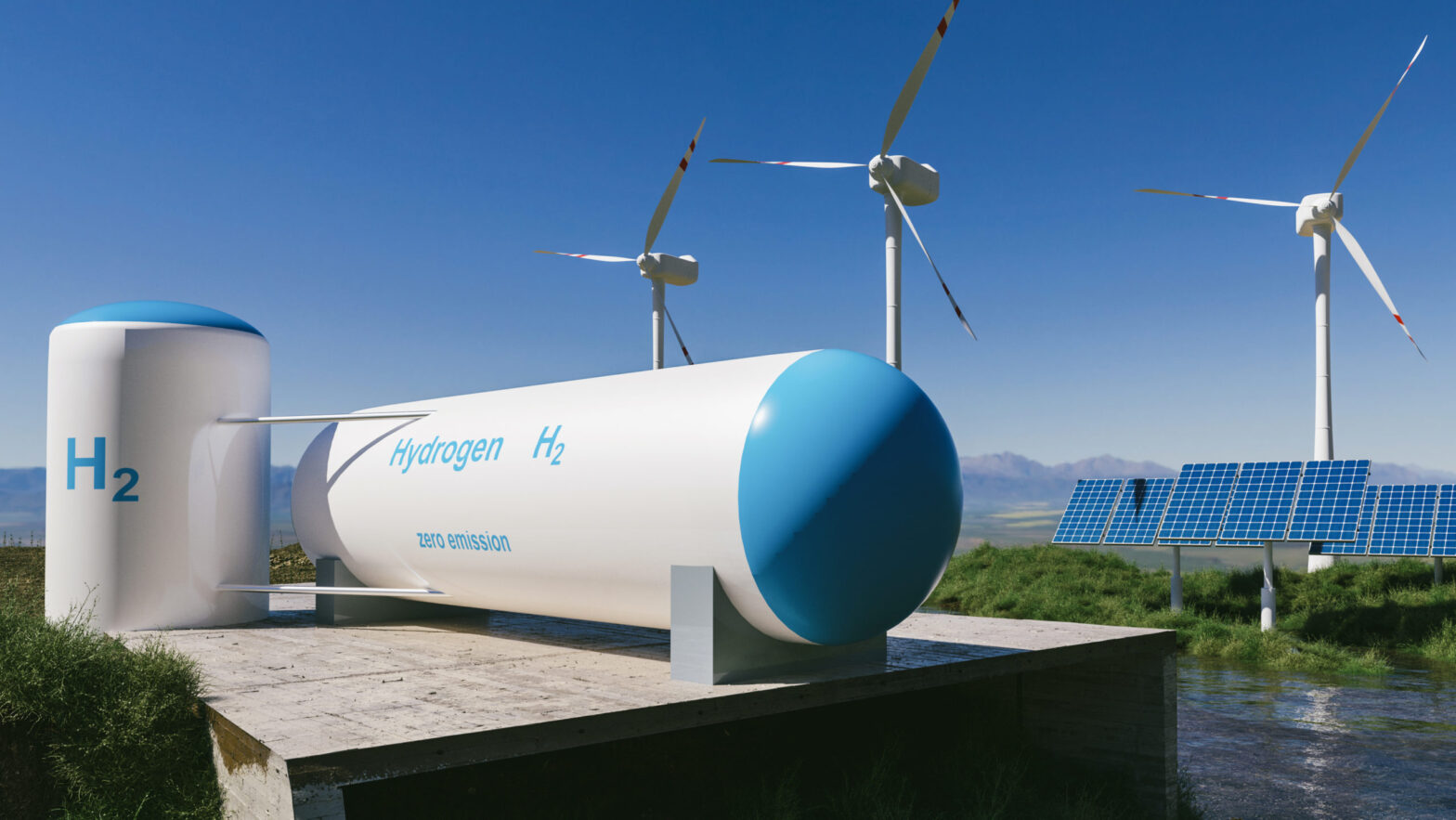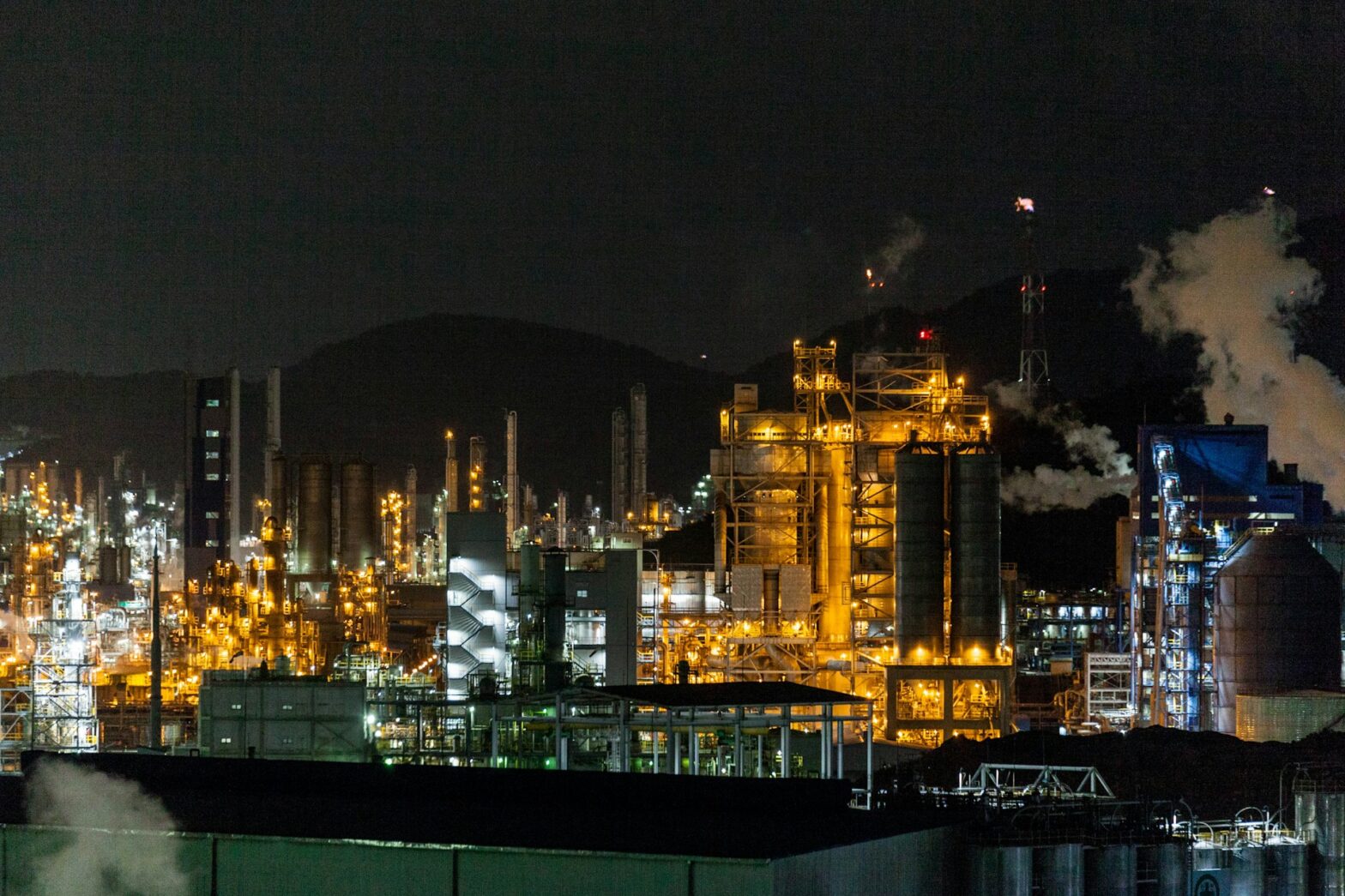South Africa’s state-owned utility, Eskom, eyes a significant boost in power supply through a $6 billion expansion of Mozambique’s Cahora Bassa Dam, operated by Hidroeléctrica de Cahora Bassa (HCB).
The Mozambican government-owned HCB plans to add 1,245 MW of generation capacity to the dam’s existing 2,075 MW by installing three new 415 MW turbines on the northern bank.
The power utility’s spokesperson, Daphne Mokwena, said that this initiative aligns with Eskom’s mandate to secure reliable and sustainable energy.
“One of Eskom’s mandates is to ensure a reliable, sustainable, and clean energy grid for the country. Eskom will review all HCB plans for future growth and give feedback once all the relevant details have been presented,” she said.
Eskom, already HCB’s largest client, imports approximately 60% of Cahora Bassa’s output, transmitting 1,150 MW over 1,400 km of high-voltage direct current lines from Songo, Mozambique, to the Apollo substation near Pretoria.
The expansion strengthens this partnership, offering Eskom a cleaner energy source to stabilize South Africa’s grid amid ongoing load-shedding challenges.
Addressing South Africa’s power crisis
Eskom’s reliance on Cahora Bassa aligns with its strategy to diversify energy sources amid South Africa’s ongoing power shortages.
Daphne Mokwena emphasized that while HCB remains critical, Eskom is also banking on domestic capacity, including 800 MW from Medupi Unit 4, 800 MW from Kusile Unit 6, and 930 MW from Koeberg Unit 1 by August 2025.
Mozambique’s Cahora Bassa Dam expansion, backed by the World Bank, aims to secure clean energy for the Southern African Development Community (SADC) region, where Eskom is a key player.
Challenges and future implications
The $6 billion project, partially funded by a $125 million African Development Bank loan, is set to modernise Cahora Bassa’s infrastructure by 2025, ensuring operational reliability until 2050.
However, Mozambique’s plan to repatriate 1,150 MW for domestic use by 2030, as confirmed by President Daniel Chapo, poses risks to Eskom’s supply.
This shift could exacerbate South Africa’s energy challenges unless alternative sources are secured.
The Cahora Bassa expansion shows Mozambique’s growing role in SADC’s energy sector.
Recently, the HCB set to increase the capacity of the turbines by more than 4% to 433 megawatts (MW) per unit.
With plans for a new 1,500 MW Mphanda Nkuwa Dam, Mozambique aims to balance domestic needs with regional exports.
Eskom’s investment in this project reflects a strategic pivot toward sustainable hydropower, but its success hinges on navigating regional water scarcity and contractual uncertainties.

